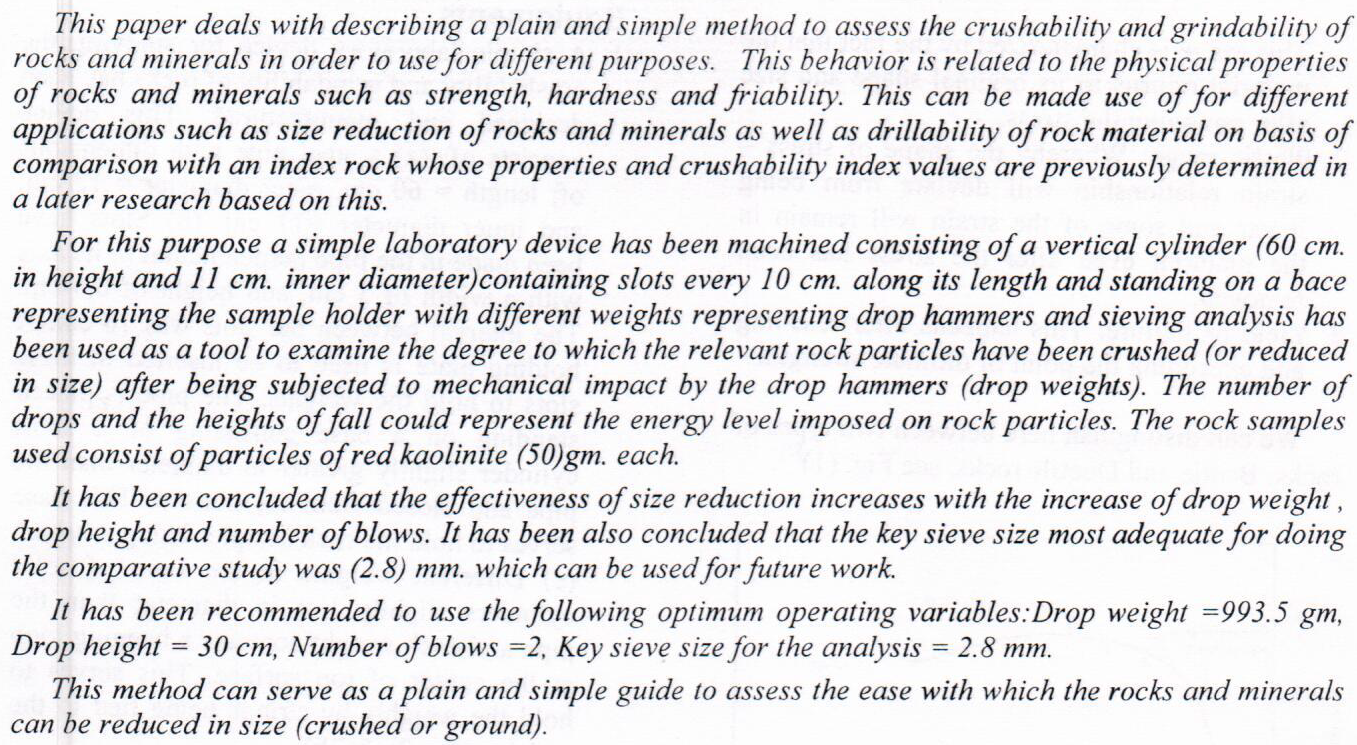
The aim of the study was to evaluate the efficacy of diode laser (λ=940 nm) in the management of gingival hyperpigmentation compared to the conventional bur method. Materials and methods: Eighteen patients with gingival hyperpigmentation were selected for the study with an age between 12-37 years old. The site of treatment was the upper gingiva using diode laser for the right half and the conventional method for the left half. All patients were re-evaluated after the following intervals: 3 days, 7 days, 1 month and 6 months post-operation. Pain and functions were re-evaluated in each visit for a period of 1 day, 3 days and 1 week post-operation. Laser parameters included 1.5 W in continuous mode with an initiated tip (400 μm) placed in
... Show MoreA condense study was done to compare between the ordinary estimators. In particular the maximum likelihood estimator and the robust estimator, to estimate the parameters of the mixed model of order one, namely ARMA(1,1) model.
Simulation study was done for a varieties the model. using: small, moderate and large sample sizes, were some new results were obtained. MAPE was used as a statistical criterion for comparison.
The aerodynamic characteristics of general three-dimensional rectangular wings are considered using non-linear interaction between two-dimensional viscous-inviscid panel method and vortex ring method. The potential flow of a two-dimensional airfoil by the pioneering Hess & Smith method was used with viscous laminar, transition and turbulent boundary layer to solve flow about complex configuration of airfoils including stalling effect. Viterna method was used to extend the aerodynamic characteristics of the specified airfoil to high angles of attacks. A modified vortex ring method was used to find the circulation values along span wise direction of the wing and then interacted with sectional circulation obtained by Kutta-Joukowsky the
... Show MoreA spectrophotometric- reverse flow injection analysis (rFIA) method has been proposed for the determination of Nitrazepam (NIT) in pure and pharmaceutical preparations. The method is based upon the coupling reaction of NIT with a new reagent O-Coumaric acid (OCA) in the presence of sodium periodate in an aqueous solution. The blue color product was measured at 632 nm. The variation (chemical and physical parameters) related with reverse flow system were estimated. The linearity was over the range 15 - 450 µg/mL of NIT with detection limits and limit of quantification of 3.425 and 11.417 µg mL-1 NIT,respectively. The sample throughput of 28 samples
... Show More (9)
(9)
 (1)
(1)
In this paper Alx Ga1-x As:H films have been prepared by using new deposition method based on combination of flash- thermal evaporation technique. The thickness of our samples was about 300nm. The Al concentration was altered within the 0 x 40.
The results of X- ray diffraction analysis (XRD) confirmed the amorphous structure of all AlXGa1-x As:H films with x 40 and annealing temperature (Ta)<200°C. the temperature dependence of the DC conductivity GDC with various Al content has been measured for AlXGa1-x As:H films.
We have found that the thermal activation energy Ea depends of Al content and Ta, thus the value of Ea were approximately equal to half the value of optical gap.
The aim of the present investigation was to develop a microsponge delivery system of acyclovir to control its release when applied topically thereby reducing dosing frequency and enhancement patient compliance. The microsponges were produced by the oil in oil emulsion solvent diffusion method. The effect of different formulation and process variables such as internal phase volume, polymer type, drug-polymer ratio, stirring speed and stirring duration on microsponge production yield, loading efficiency, particle size and in-vitro drug release was evaluated. The result showed that the microsponge F2 prepared from Eudrajet RS polymer had optimum physical properties regarding the loading efficiency of 99.71_+ 0.7% and product
... Show More (5)
(5)
This paper aims to propose a hybrid approach of two powerful methods, namely the differential transform and finite difference methods, to obtain the solution of the coupled Whitham-Broer-Kaup-Like equations which arises in shallow-water wave theory. The capability of the method to such problems is verified by taking different parameters and initial conditions. The numerical simulations are depicted in 2D and 3D graphs. It is shown that the used approach returns accurate solutions for this type of problems in comparison with the analytic ones.
 (7)
(7)
 (5)
(5)
The emergence of COVID-19 has resulted in an unprecedented escalation in different aspects of human activities, including medical education. Students and educators across academic institutions have confronted various challenges in following the guidelines of protection against the disease on one hand and accomplishing learning curricula on the other hand. In this short view, we presented our experience in implementing e-learning to the undergraduate nursing students during the present COVID-19 pandemic emphasizing the learning content, barriers, and feedback of students and educators. We hope that this view will trigger the preparedness of nursing faculties in Iraq to deal with this new modality of learning and improve it should t
... Show More (2)
(2)

